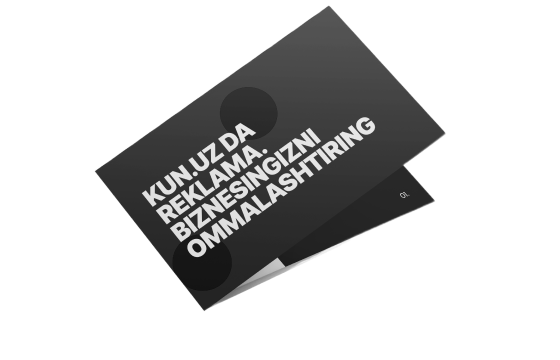New deadline set for development of energy tariff reform project
By May 2024, a draft regulatory legal act will be developed to implement tariff reform, providing for tariffs for electricity, natural and liquefied gas in an amount not less than cost. This is mentioned in the state program for 2024.

Photo: Kun.uz
According to the approved program, in the draft document that will be developed in the next 2-3 months:
• calculation of prices and tariffs for electricity, natural and liquefied gas in an amount not less than the cost recovery level;
• approval of prices and tariffs for electricity, natural and liquefied gas based on the results of calculations;
• in order to support socially vulnerable segments of the population, it is planned to introduce a system of “social norms” when setting prices for electricity and natural gas.
This task is entrusted to the Ministry of Energy and the National Agency for Social Protection.
It should be recalled that in September last year, Energy Minister Jurabek Mirzamakhmudov said that the cost of production and supply of 1 kW/h of electricity exceeds 800 soums. The tariff for the population since 2019 is 295 soums per 1 kW/h and 380 soums per 1 cubic meter of natural gas. The difference is subsidized from the state budget.
Actions to liberalize the energy market
By a resolution of the Cabinet of Ministers of September 2023, from October 1, electricity tariffs for legal entities were brought closer to market prices. Tariffs for the population remained unchanged.
According to economists, existing problems in the energy sector cannot be completely resolved without the introduction of market mechanisms in the industry. This will require tariff reform to attract investors.
Liberalization of the energy sector has long been recommended by the government and international organizations. Currently, the state allocates subsidies in the trillions to supply energy resources to the population at a lower price than their cost, thereby making Uzbekistan one of the countries providing the largest number of energy subsidies in the world. However, artificially low prices discourage the transfer of production and distribution to the private sector to improve efficiency in the industry, and discourage consumers from conserving resources.
Energy subsidies also exacerbate social inequality. Because lower income segments of the population naturally consume less energy, and higher income families consume more (for example, high-rise buildings with a lot of appliances). As a result of the fact that the state subsidizes energy resources equally for everyone, the rich layer receives an indirect subsidy from the state several times larger.
This is also confirmed by official data published in 2022, according to which there are a total of 7.3 million electricity consumers in Uzbekistan, and 80% of them consume an average of up to 200 kWh of electricity per month. But these households account for only 31% of the total electricity consumed by the population.
In addition, of the 4 million households connected to natural gas, 85% consume an average of up to 500 cubic meters of natural gas per month. But they account for only 35% of the total population consumption.
Recommended
List of streets and intersections being repaired in Tashkent published
SOCIETY | 19:12 / 16.05.2024
Uzbekistan's flag flies high on Oceania's tallest volcano
SOCIETY | 17:54 / 15.05.2024
New tariffs to be introduced in Tashkent public transport
SOCIETY | 14:55 / 05.05.2023
Onix and Tracker cars withdrawn from sale
BUSINESS | 10:20 / 05.05.2023
Latest news
-
Saudi Arabia drops Uzbekistan from eVisa list; official reason unknown
SOCIETY | 17:58 / 26.04.2025
-
Uzbekistan boosts fuel and gas production despite oil output decline
SOCIETY | 16:55 / 26.04.2025
-
Uzbekistan and Kyrgyzstan reach agreement on joint use of Chashma spring
POLITICS | 12:46 / 26.04.2025
-
Ambassador Henick: Now is the right time for a U.S. presidential visit to Uzbekistan
SOCIETY | 12:08 / 26.04.2025
Related News

12:30 / 19.04.2025
Uzbekistan aims to generate 54% of electricity from renewable sources by 2030

12:10 / 15.04.2025
Uzenergosotish signs $254 million green energy deal with Uzbekhydroenergo

13:00 / 14.04.2025
Uzbekistan’s green energy output surpasses 2 billion kWh in Q1 2025

12:45 / 09.04.2025



